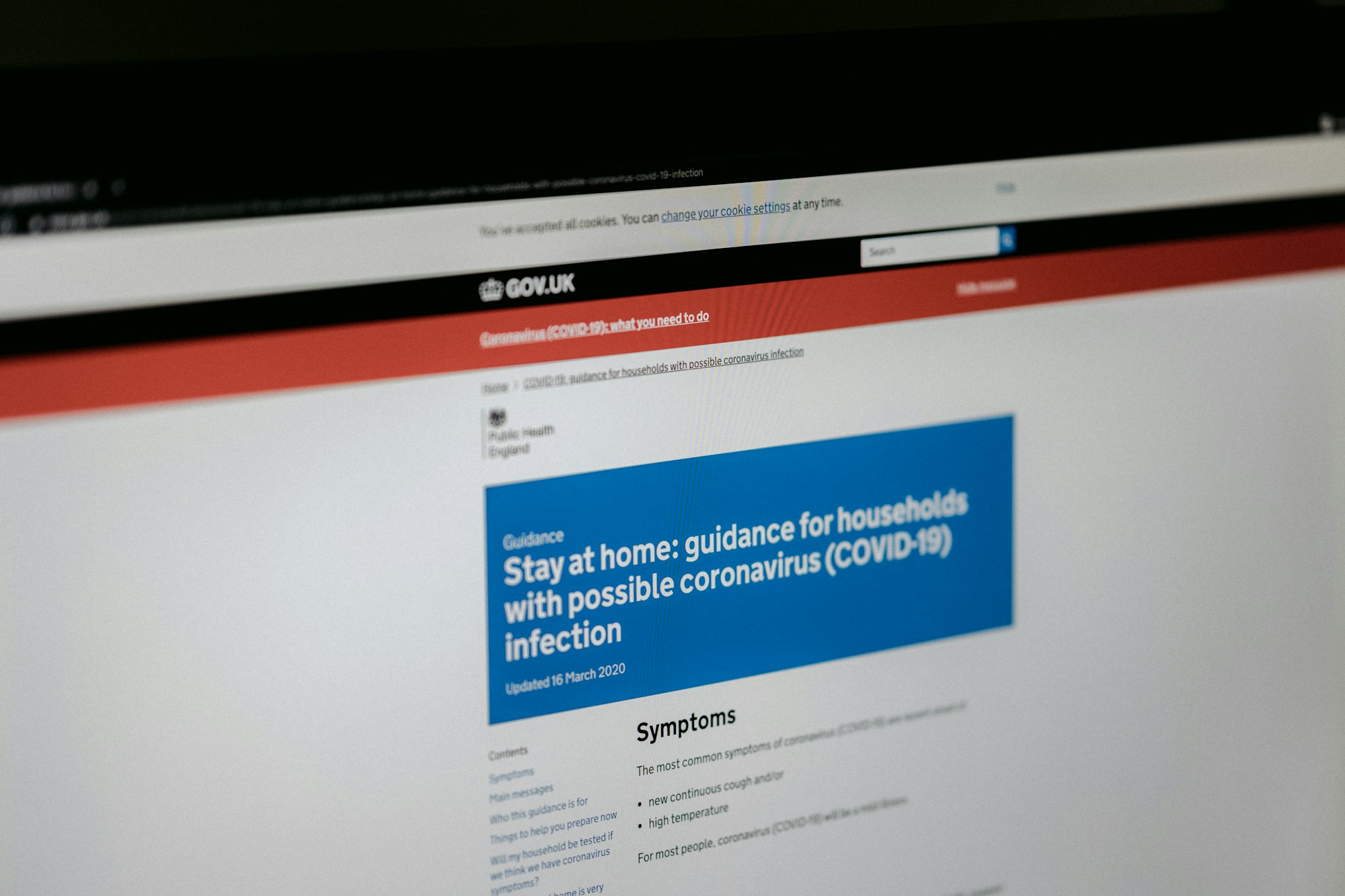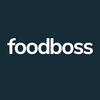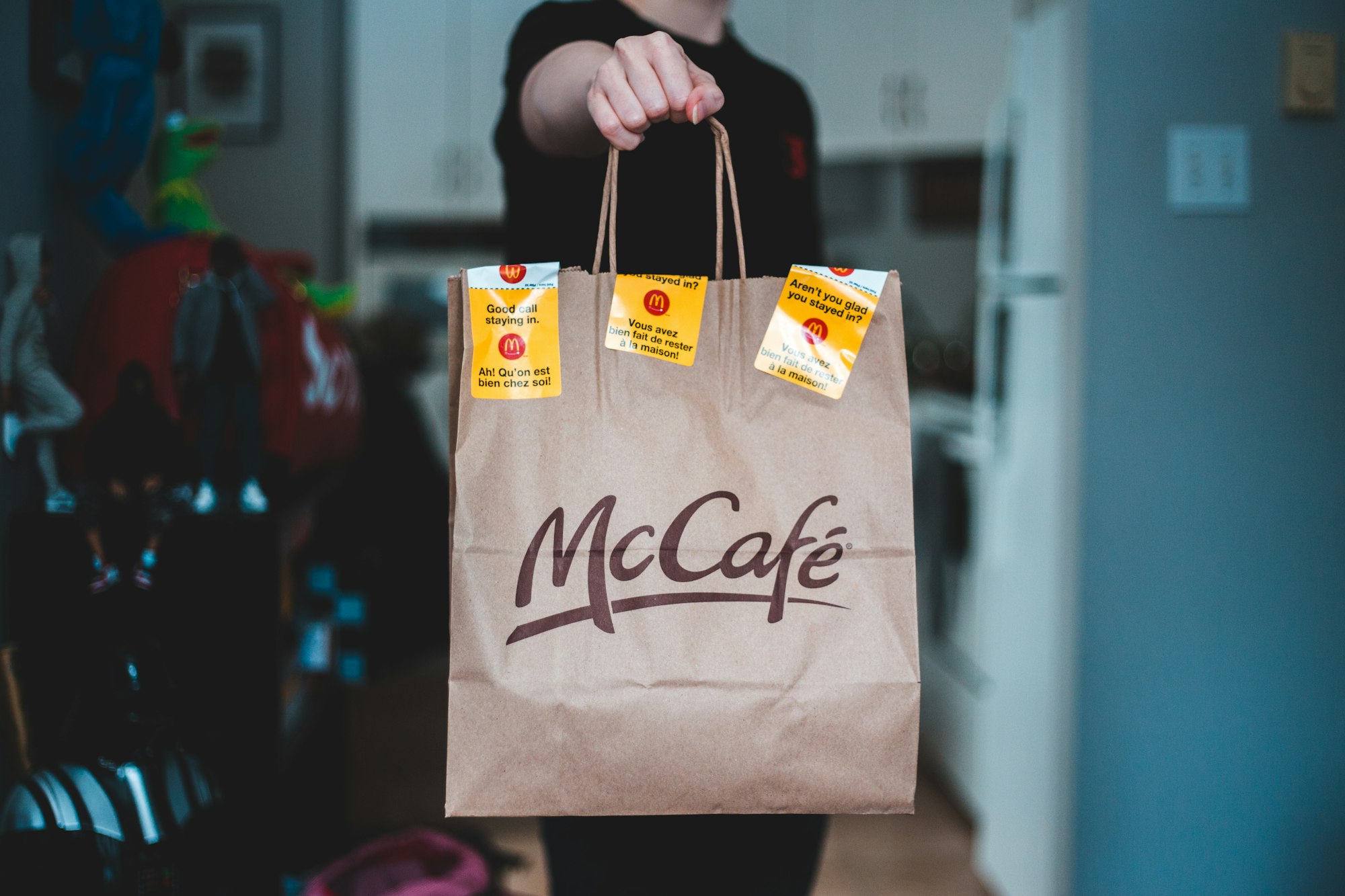It’s no secret that most industries are in a constant state of flux right now, and it would be naive to assume once the Coronavirus pandemic eventually ends, whenever that may be, that it will be ‘business as usual’ for most companies. Dramatic shifts in consumer behavior will be both widespread and long-lasting, and many industries will suffer as demand shifts.
Many have predicted that the current state of the world will exacerbate the speed at which consumers adopt new technologies. One example will be virtual doctor visits. Though this technology was already available before Coronavirus, it was widely unfamiliar. Given the current risk of in-person appointments, more people are using this technology, and many will continue to use the technology long after Coronavirus.
This example demonstrates how demand for a basic necessity, such as healthcare, when suddenly unavailable, leads to the implementation of new technologies ready and able to fill the void. Another more tangible, and likely familiar example with most people, is the use of food delivery.
Before the Coronavirus, food delivery widely remained a luxury or special occasion option for the majority of American’s, though not all. Sure, you might order a pizza for the Super Bowl, but more than that wasn’t the norm for the average American family. Similar to how Coronavirus will change American’s taste for things such as healthcare, education, retail, and more, increased consumer appetite for food delivery will transform and grow the industry more rapidly and widespread than previously expected.
Why Food Delivery is Important
Due to the far-reaching effects of stay at home orders, which remain in force for the majority of the country, food delivery has emerged as a vital lifeline for hungry consumers. To mitigate the risk of infection or spread, many people have taken dramatic steps to leave home as little as possible. For a lot of people, this includes trips to the grocery store. Since the start of the epidemic, food delivery was one of the sole options for hungry Americans, weary of venturing outside, of getting food delivered to their door.

Even in a short period of time, the dramatic shifts in consumer behavior for food delivery have been tremendous. Demand for food delivery in the United States was predicted to increase as a result of restaurant dine-in closures, but the extent to which it has expanded was unexpected. Demand for food delivery increased 23.1% from February to March and has only increased further as shutdowns and closures have continued well into April, with no immediate end in sight.
While many Americans remain indoors, food delivery has grown as both a necessary service and near requirement for restaurants looking to maintain cash flow while dine-in options are shut. Restaurants are especially suffering under lockdown since dine-in patrons drive most of their revenue. With rents and wages still to be paid, many restaurants are in trouble and risk closures. Food delivery allows them to maintain some positive income.
The Future of Food Delivery
Food delivery is poised to emerge from this epidemic bigger and more in demand than ever. Not only has food delivery demand increased, but the market penetration for food delivery has reached levels it wasn’t predicted to hit until years down the road. Food delivery is not only being used more by existing users, but a whole new cohort of customers are using different food delivery apps for the first time while in quarantine or lockdown.
These converts are likely to remain engaged as food delivery users even once the threat of Coronavirus has subsided. Food delivery will grow faster and stronger as new customers continue to flock to the convenience it affords them. Long after restaurants re-open, and people feel comfortable eating out again, food delivery will remain a popular option among consumers who enjoy the convenience and ease of eating restaurant quality meals while at home.

